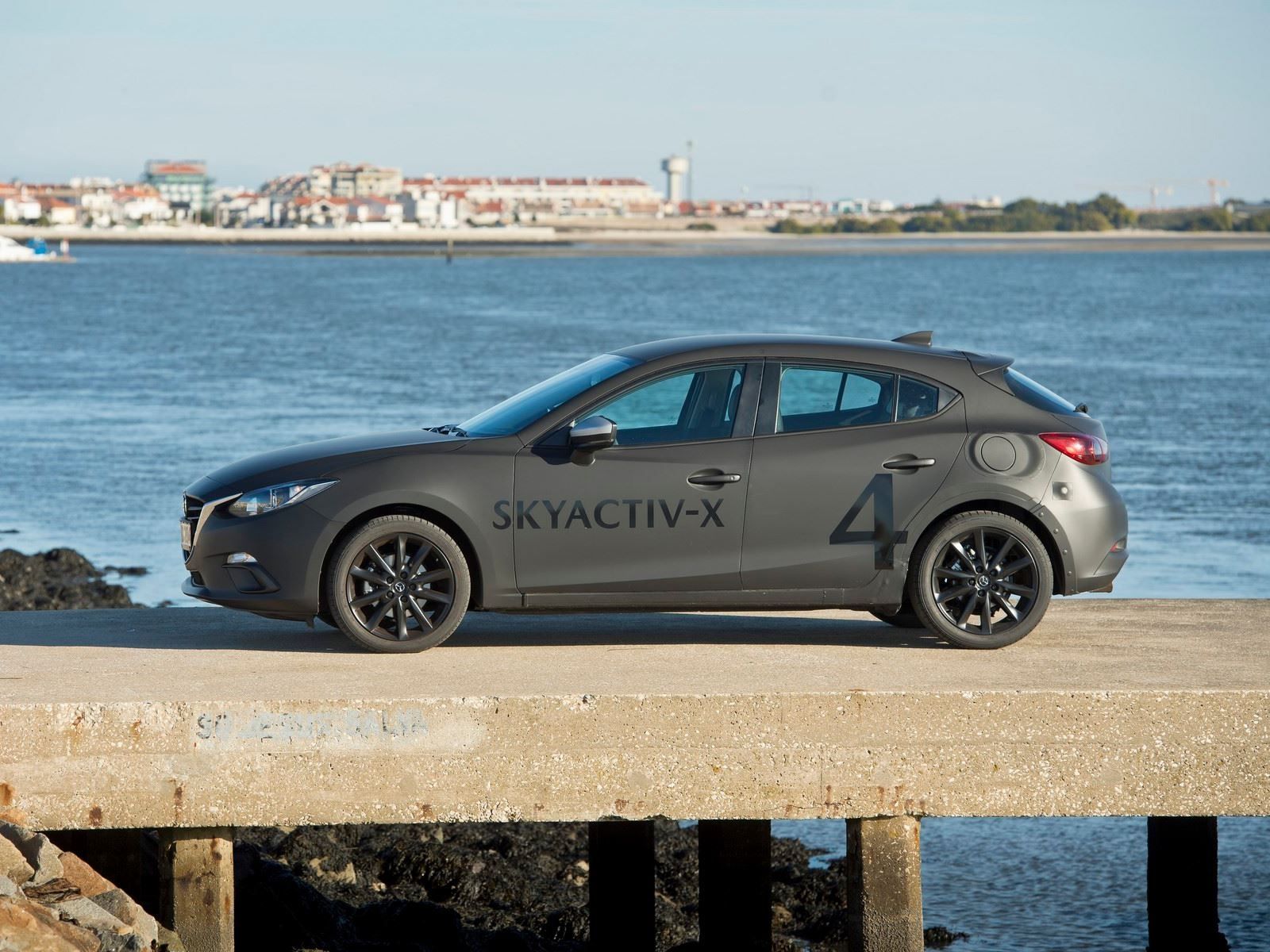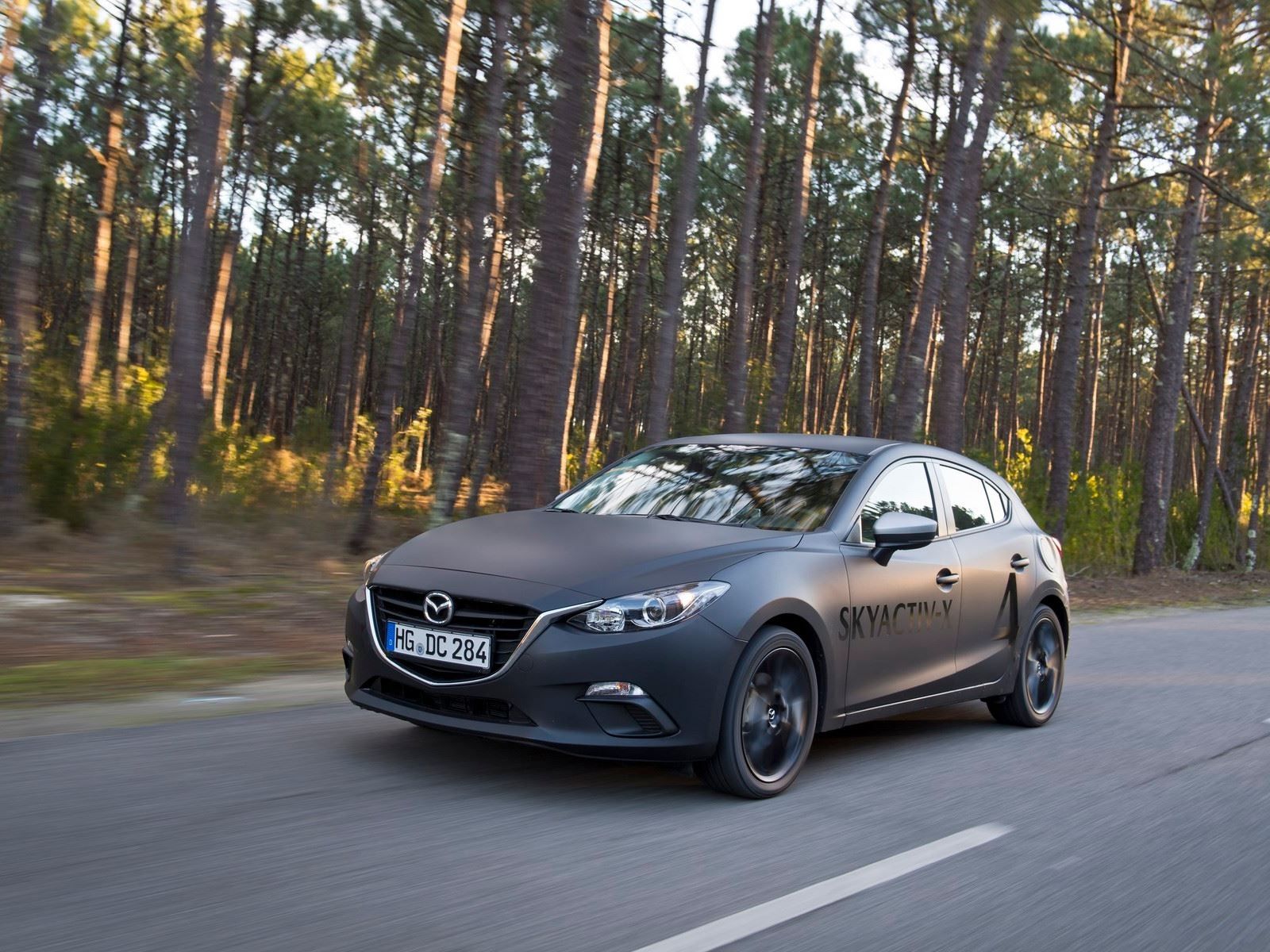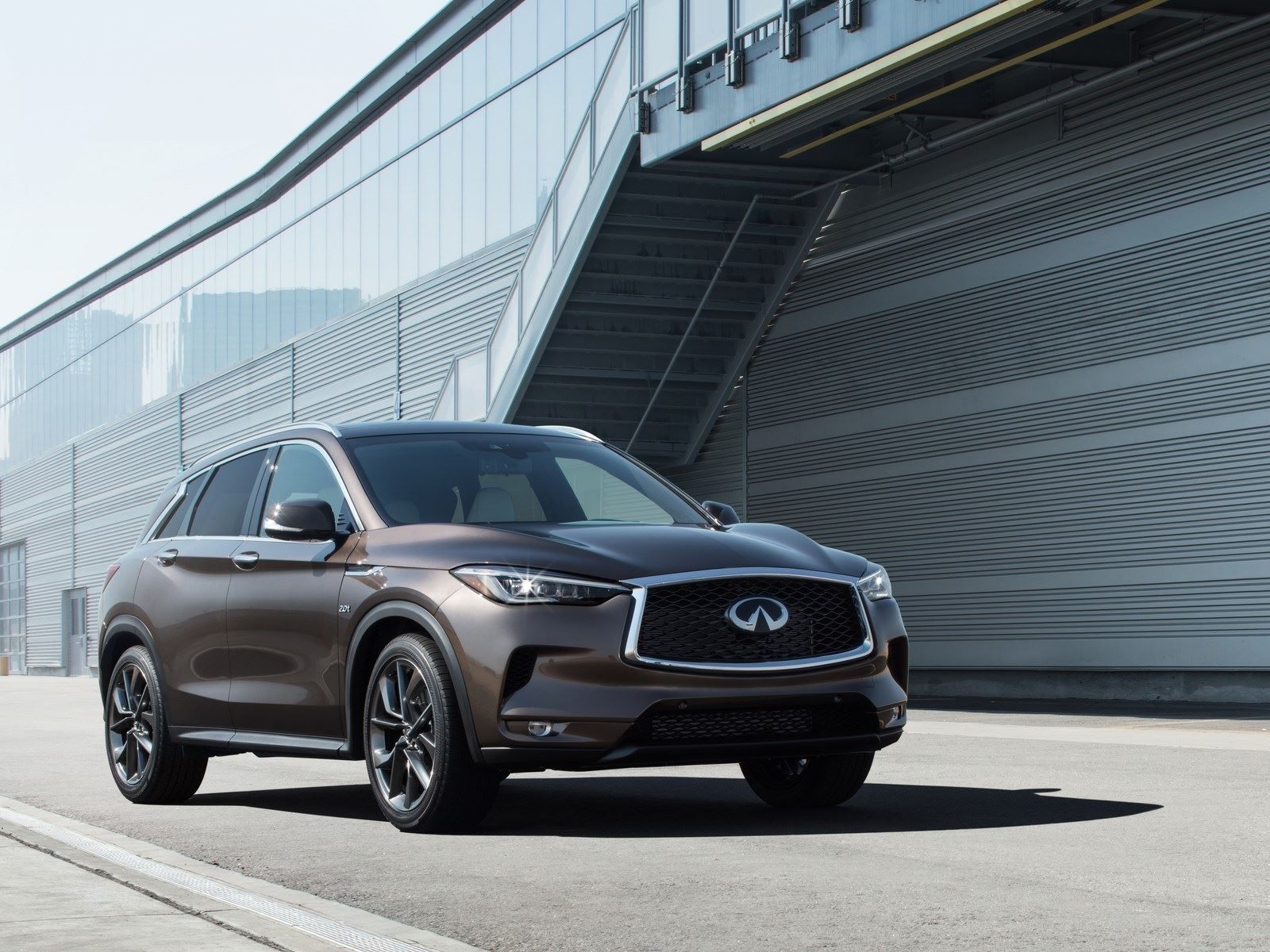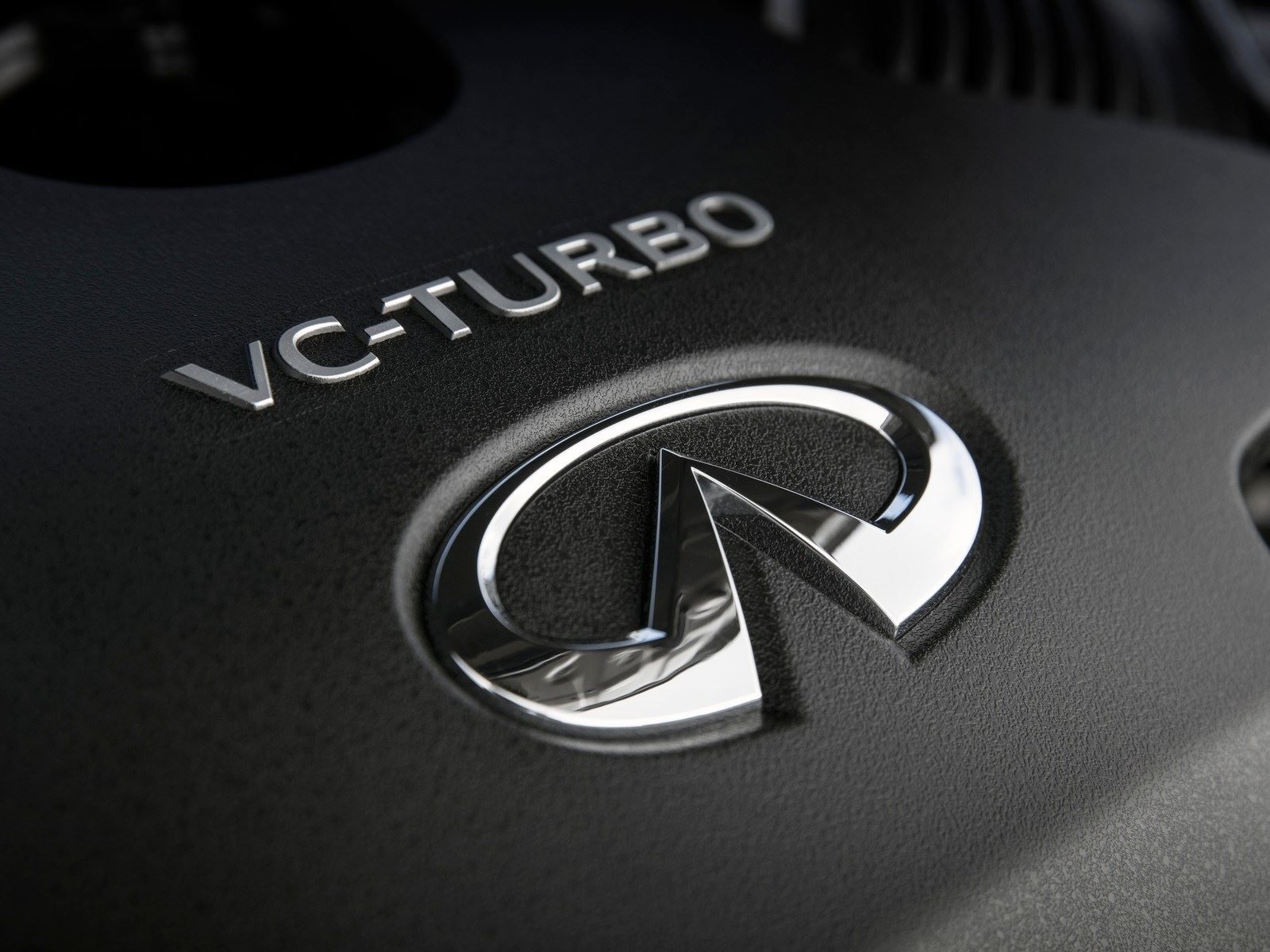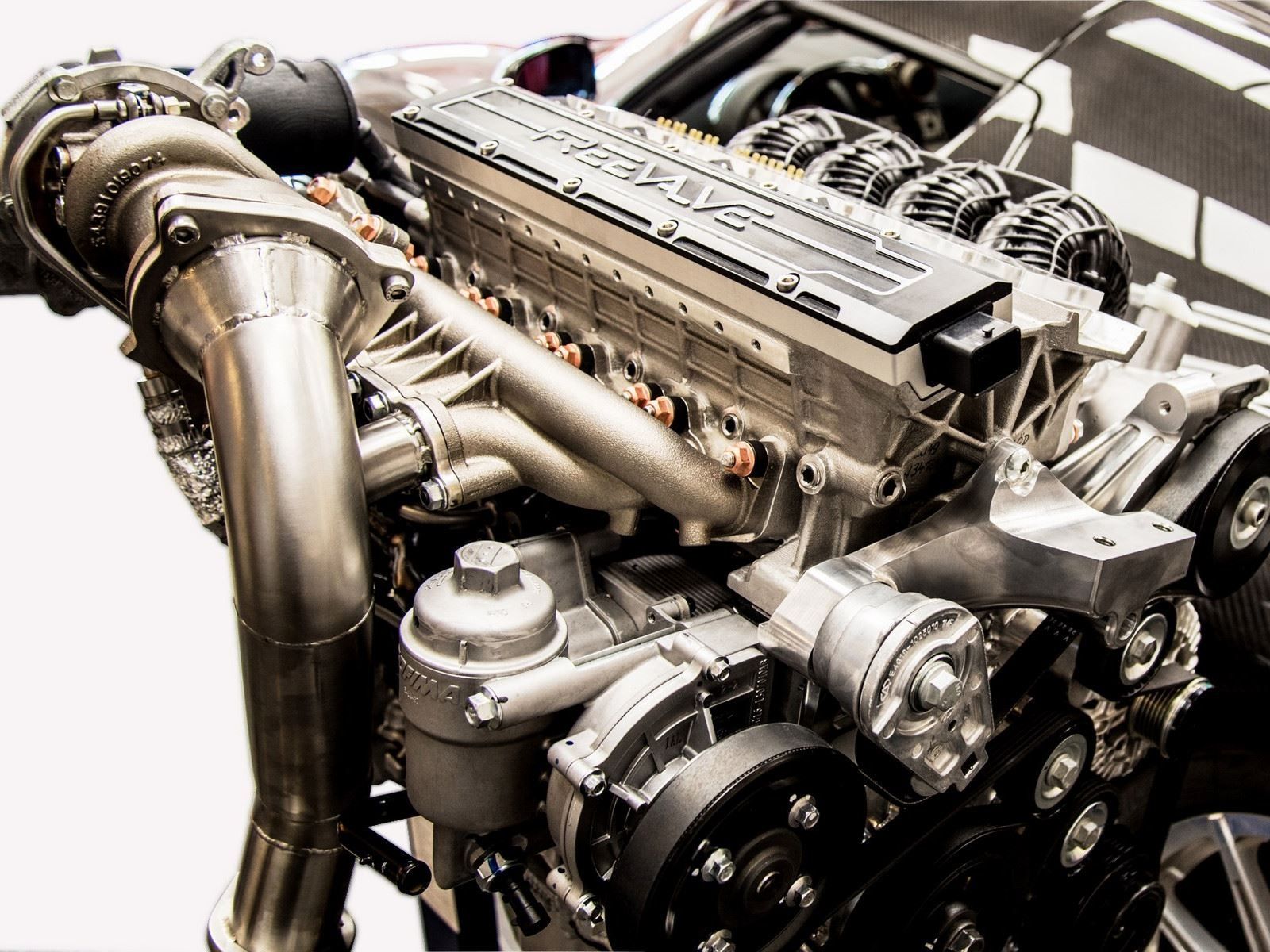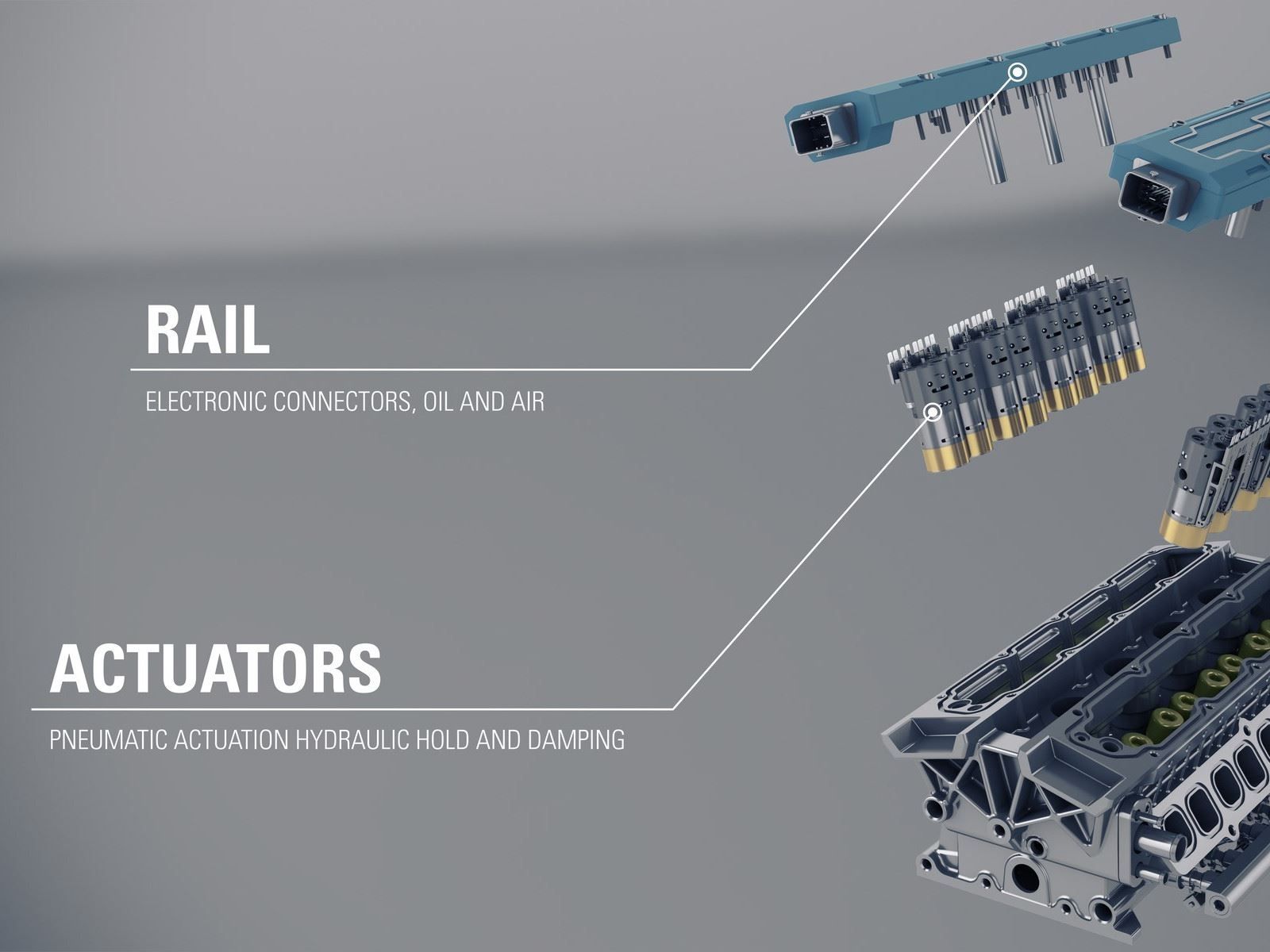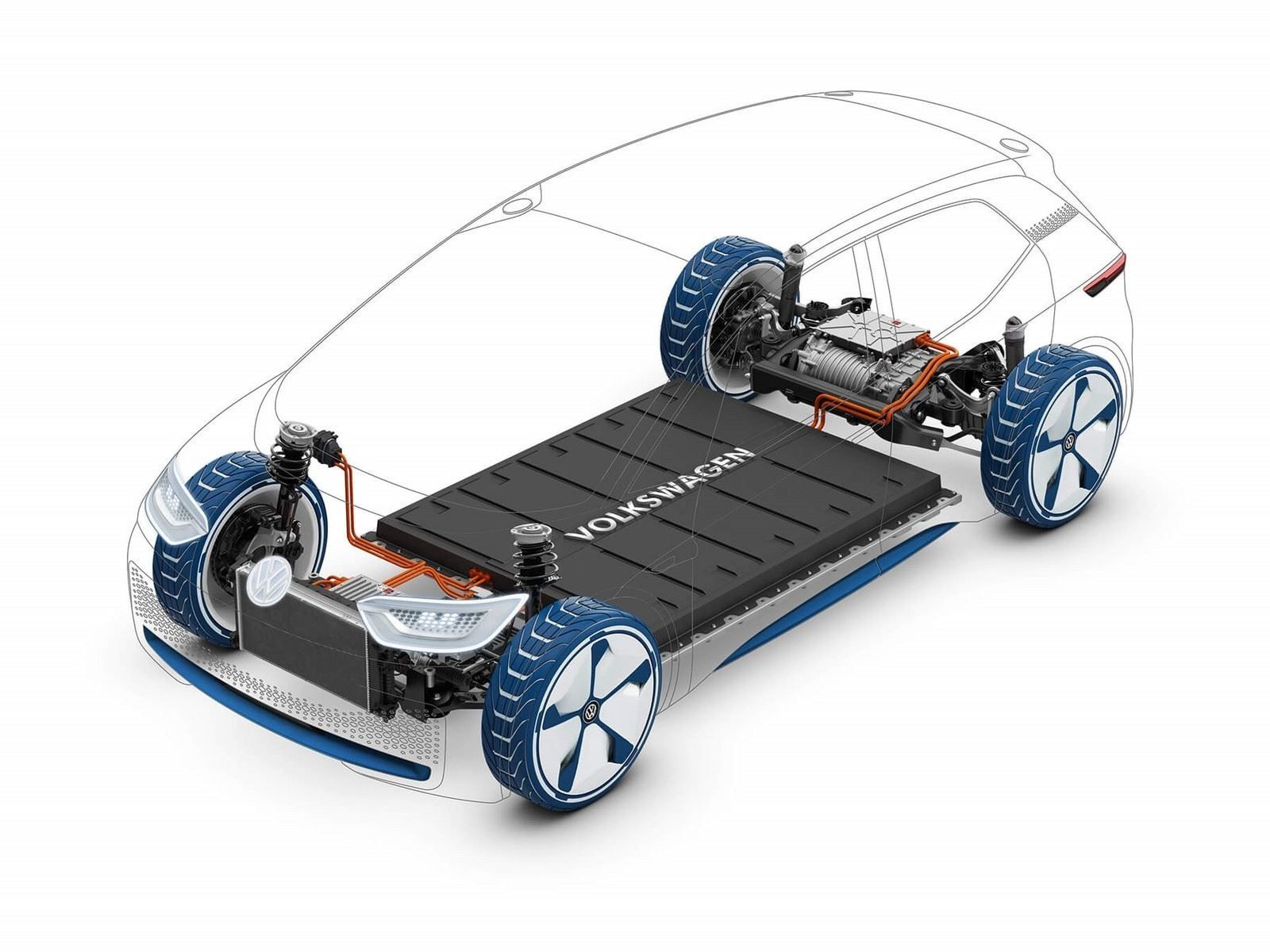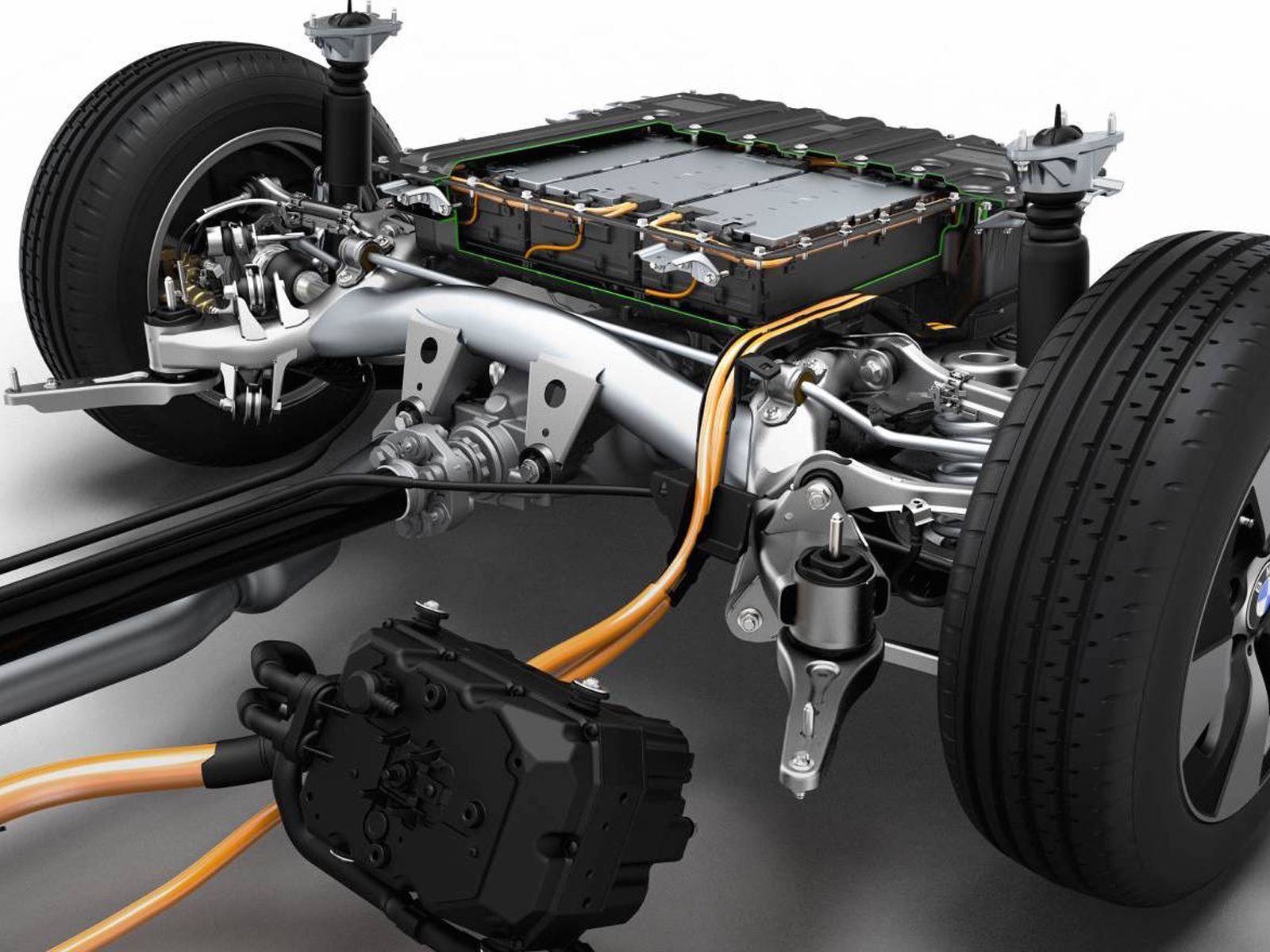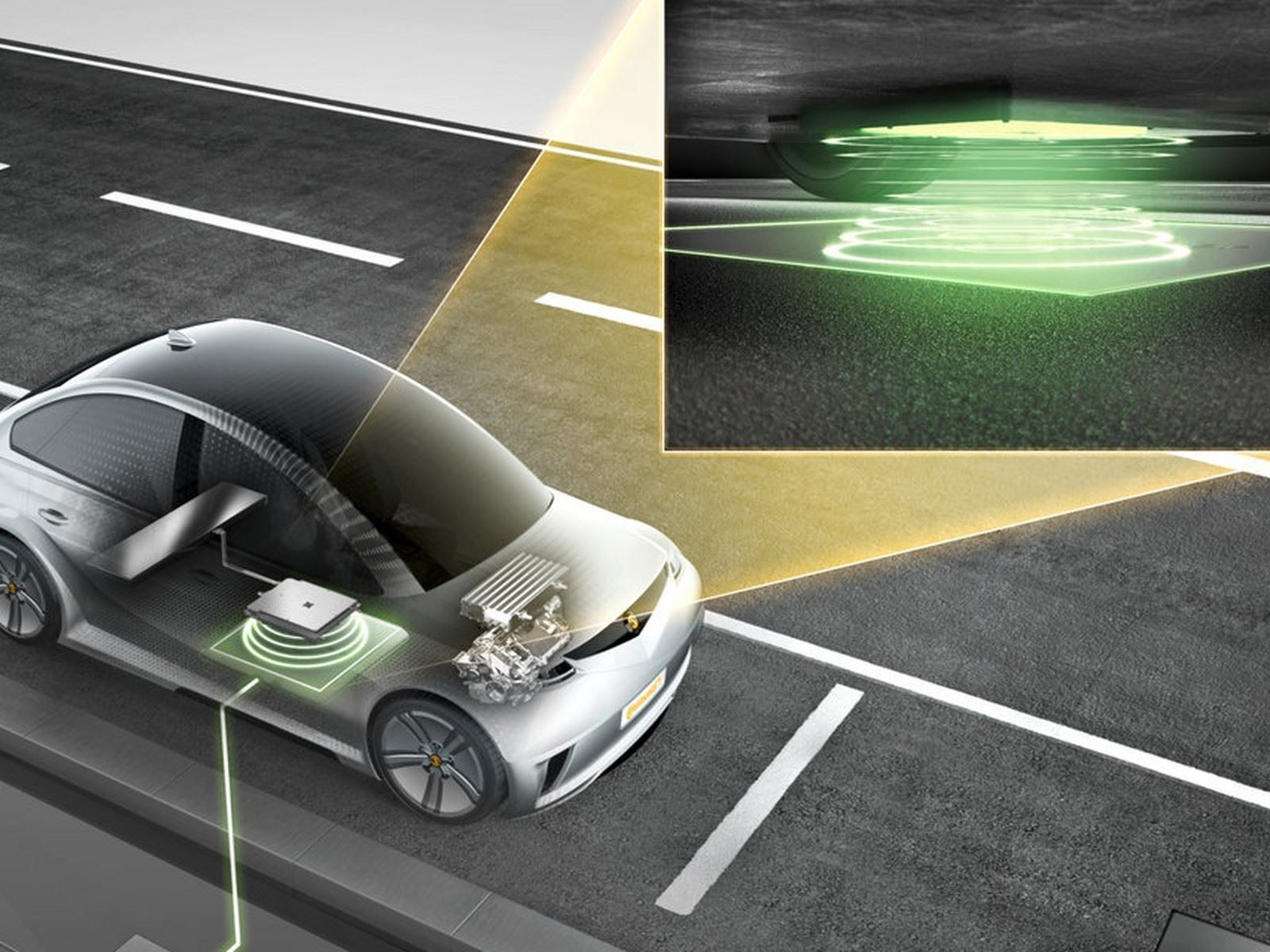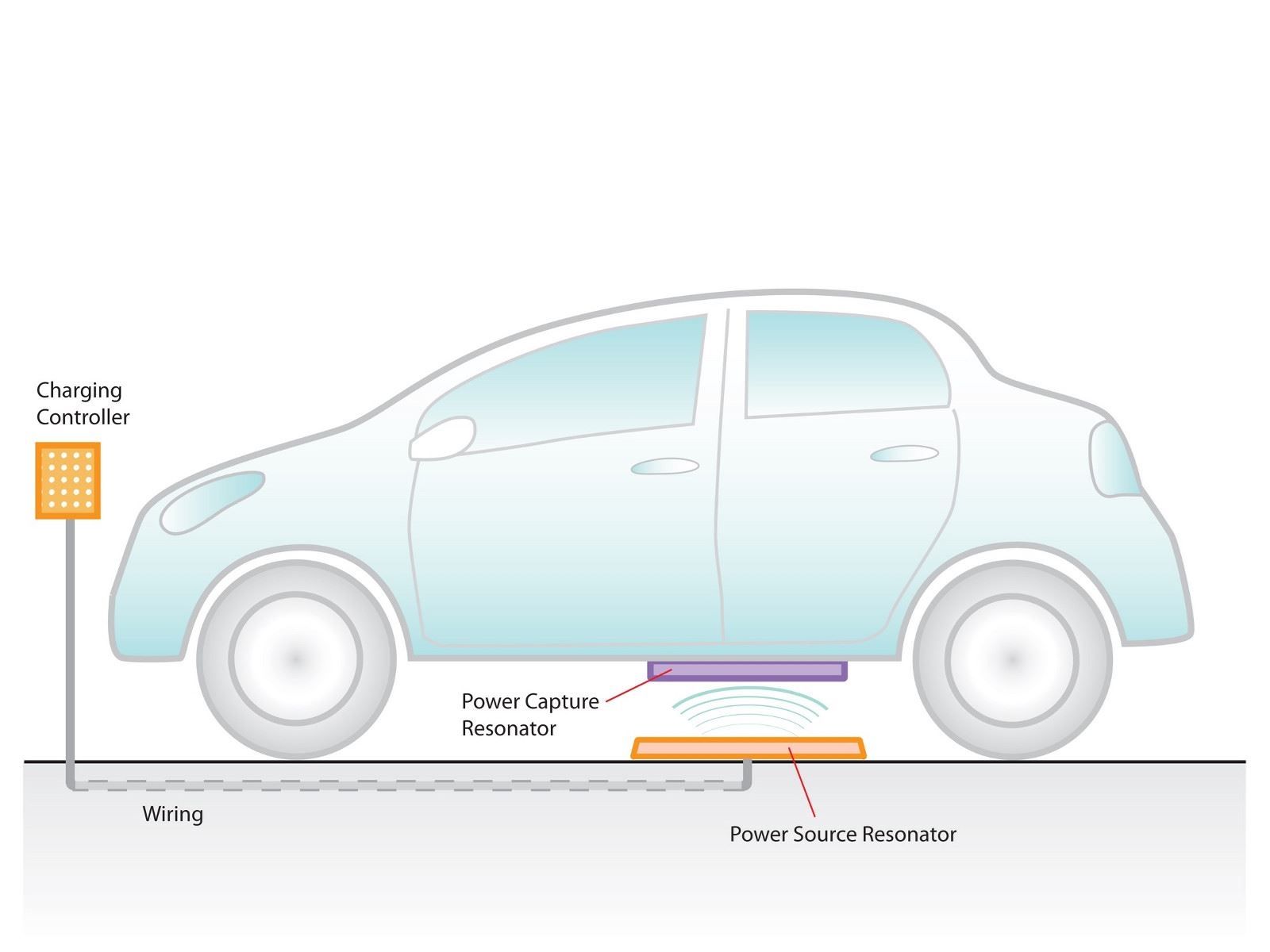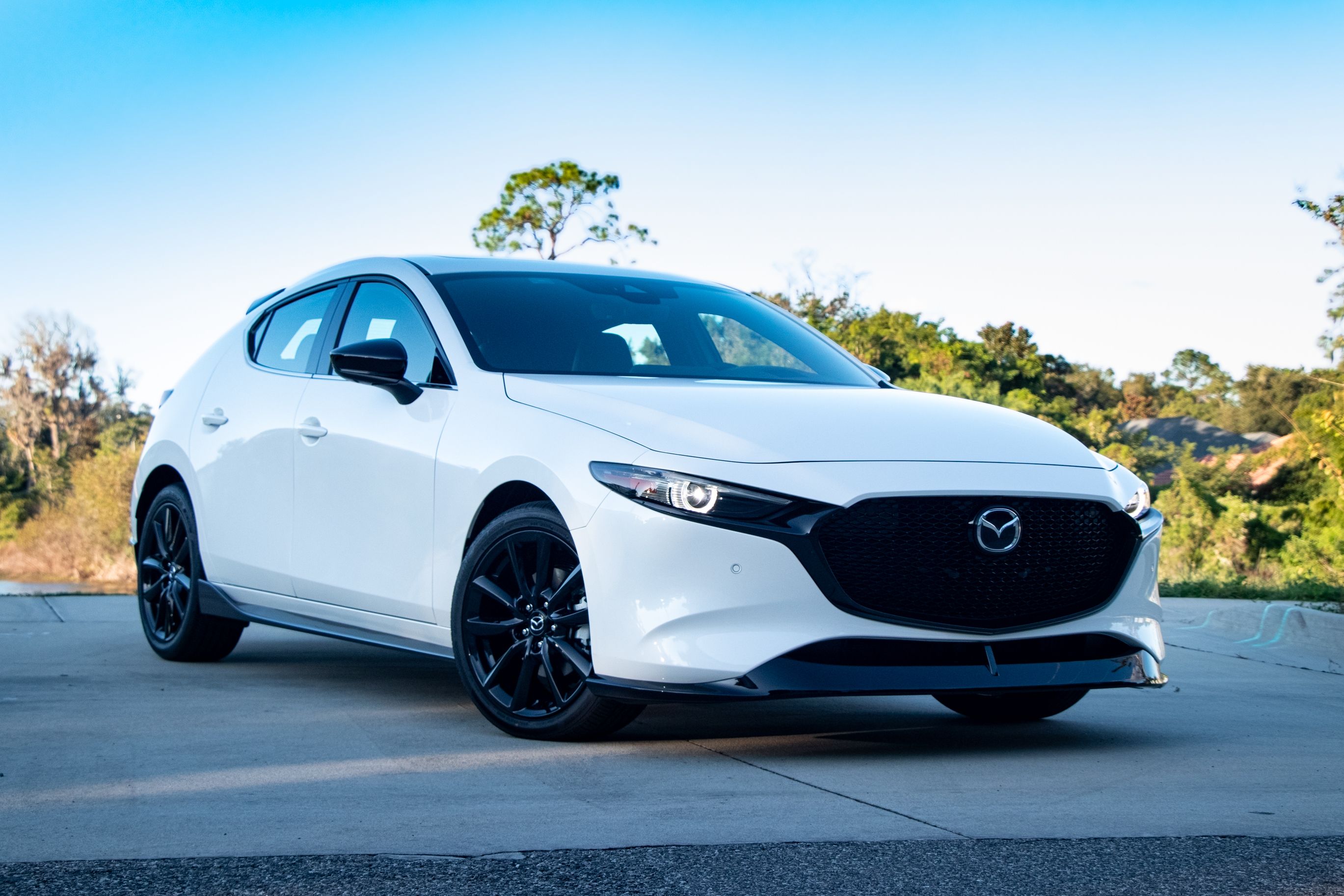
We live in a rapidly advancing world – one where technology is progressing at such a rapid rate that items like cars are being developed like software in Beta testing. But, there are some technologies not yet fully developed or widely available that could revolutionize the automotive industry in the same way Henry Ford did with the production line. We've compiled five future technologies that we can't wait to see in action.
Mazda’s SkyActiv X
While the rest of the world seems to think the combustion engine is dying, the Japanese seem to think it still has life left if it can be made more efficient. Mazda is just one brand pioneering such efficiency through SkyActiv X. Imagine all the pros of a high compression gasoline engine, with all the pros of a diesel engine, and you get the gist of what they're trying to do. By combining boost and incredibly high compression ratios, Mazda's SkyActiv X is set to be the world's first production gasoline compression engine.
The use of compression and clever spark timing will enable maximum efficiency and incredible fuel economy, but it will also maximize the amount of energy released from every drop of fuel – increasing power outputs, improving engine responsiveness, and creating enjoyable gasoline powered cars long after the world said gasoline was dead.
Nissan/Infiniti VC-T (Variable Compression-Turbo)
What was it I said about the Japanese refusing to let go of gasoline power? Nissan, and in particular, the brand's luxury arm, Infiniti, has developed the world's first variable compression engine. You see, engines with a fixed compression ratio are limited to a fixed set of pros and cons, but variable compression gives you the best of all worlds – giving you maximum power and responsiveness from a low compression engine, while giving you the economy and efficiency of a high compression engine.
Nissan's VC-T technology combines a host of technology we've seen before, and some we haven't to create an almost infinitely variable setup; combining turbocharging, port and direct injection, a regular combustion cycle and an Atkinson cycle, and the ability to adjust the piston positioning. Other inherent benefits of the VC-T technology include the removal of a traditional balancing shaft due to the engine being smoother and more refined than any other 4 cylinder around. Though it may be a technology of the future, Infiniti has made it available today in the new QX50.
Freevalve – The Camless Piston Engine
It should come as no surprise that something as crazy as the notion of a piston engine with no cams would come from someone as crazy (read "far smarter than we'll ever be") as the man behind the bonkers Koenigsegg One:1. Freevalve is the brainchild of one Christian von Koenigsegg, and it seeks to provide fully variable valve actuation like no cam-based system has ever been able to provide. By virtue of their design, camshafts open and close valves in a fixed pattern at a fixed rate. Variable valve timing alters that by altering the angle of the cam shaft, but it still retains a fixed manner in which valves operate.
Freevalve uses electronic actuators instead of a cam shaft – not only reducing the weight and size of an engine, but allowing valves to be adjusted infinitesimally and individually on a case by case basis – allowing precise adjustment and maximum efficiency in terms of intake and exhaust release. Koenigsegg claims improvements in efficiency of nearly 20%, but until such time as it successfully makes its way to the market, we have no way of knowing for sure.
Solid State Batteries
Electric cars are widely regarded as the future of the automobile – and yet they've actually been around since the early 1900s. It's only been in the last two decades that sufficient advancements have been made, and yet the key limiting factor has been battery technology. While we've made the leap from lead-acid to nickel-hydride, and currently, to lithium-ion batteries, with advancements in packaging, energy density, and range, we're still a long way off from mimicking the range and packaging of a traditional combustion engine. Solid state batteries might change all that – if we can get them to work.
By replacing the liquid electrolytes that enables energy transfer with a solid crystalline structure, engineers are hoping to not only create batteries with a higher energy density, but batteries that can charge quicker, drive electric motors with more efficiency, and that can be packaged more in a more compact fashion. Fortunately, the automotive industry is not alone in pursuing this tech, as technology and cellular companies are also trying to develop solid state batteries as soon as possible.
Wireless Battery Charging
The biggest fault with electric cars at present is the charging time. On a fast charge system you need to wait about 45 minutes for an 80% charge, but repeated fast charging damages the batteries in the long run. Non-fast charging takes hours, depending on your electrical connection – which in the real world simply isn't a practical means of 'refueling' so you can be on your way again. People often simply don't have the time to stop off for hours on end just to get an extra 100 miles worth of range. So imagine a world where you could recharge on the move, without having to plug in to anything?
It's a not all too foreign concept – it is theoretically what hybrids do to an extent. But picture this – much in the same way your cell phone can charge wirelessly through QI wireless charging systems, imagine a road network interlinked with the national power grid. Every time you travelled one of the QI 'smart roads' your electric car could charge on the go, meaning you'd never even have to stop for a 5 minute refill – making electric cars more viable than ever.
There's another alternative too – and Goodyear has pioneered the concept/prototype. 'Piezoelectric tires' are tires that generate electricity. They use specialized materials that generate electrical current based on friction and compression, meaning all you have to do is drive and the further you do, the more you recharge your own batteries. Technology like this would have knock-on effects too – the ability to charge on the go means batteries don't need to be as big, so the overall weight and complexity of vehicles comes down too, and the practicality is improved due to all the extra space that gets freed up.
Whether the future of mobility is powered by gasoline or electricity, we can't tell you – but we can tell you that the technologies listed above are shaping up for a very interesting future, one in which performance and efficiency will both be taken to new heights we're yet to even imagine.

